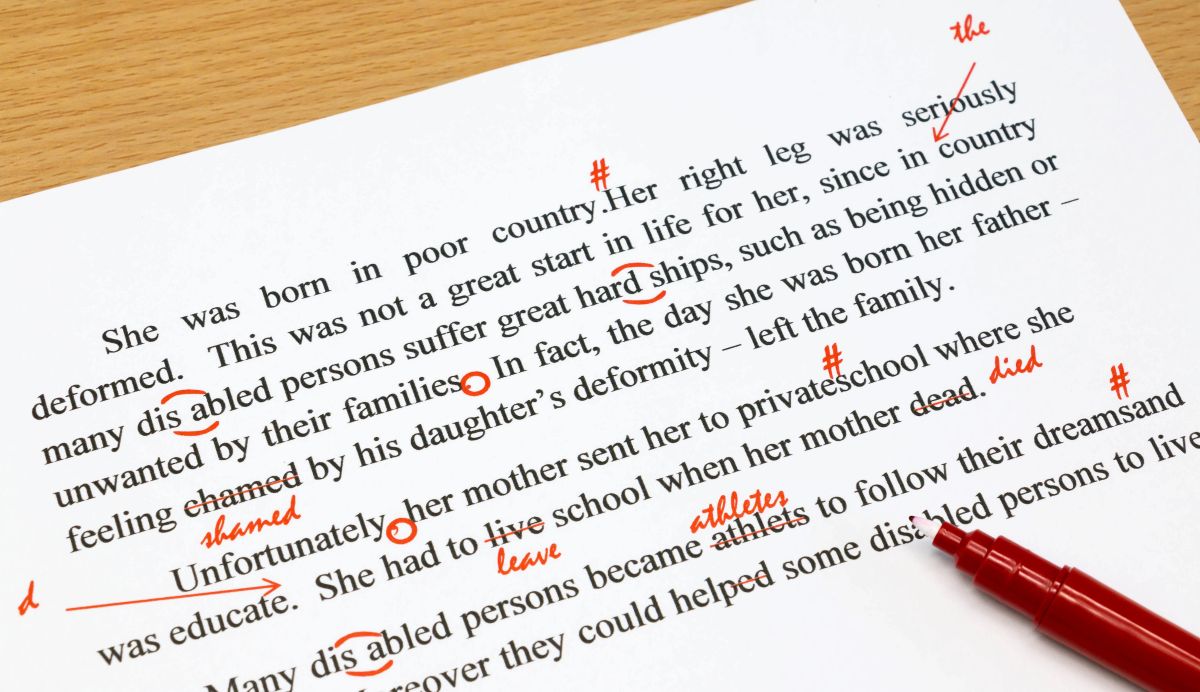
Do you ever feel like your English is almost perfect, but a few tricky errors keep slipping in? You’re not alone.
Some of the most common ESL (English as a Second Language) mistakes include confusing say vs. tell, mixing up verb tenses, putting words in the wrong order in questions, and forgetting articles like a, an, or the.
These small errors can make you sound less confident, even if your vocabulary and pronunciation are great.
In this post, we’ll look at the top 10 most common ESL mistakes learners make — and, more importantly, how to fix them. Overcoming these errors will make your English sound more accurate, fluent, and natural.
The Top 10 Common ESL Mistakes & How to Fix Them
Learning English involves practice, patience, and plenty of trial and error. Unlike English as a Foreign Language students, who mainly encounter English in a classroom setting, ESL learners use English daily in real-life situations — but that doesn’t mean they’re immune to common mistakes. Knowing about these in advance can save you time and frustration. Let’s dive into the most frequent ones and how to avoid them.
1. Confusing “Say” and “Tell”
The problem: Learners often use say and tell interchangeably, but they are used differently.
Incorrect: She said me she was tired.
Correct: She told me she was tired.
How to fix it: Use say without an object (She said she was tired) and tell with an object (She told me she was tired). Remember: tell + someone, say + something.
2. Wrong Word Order in Questions
The problem: Students sometimes forget to invert the subject and auxiliary verb in questions.
Incorrect: You are coming to the party?
Correct: Are you coming to the party?
How to fix it: In yes/no questions, swap the subject and the auxiliary verb (do/does/did, am/is/are, have/has, etc.).
3. Mixing Up Present Perfect and Past Simple
The problem: Beginners use the wrong tense for past events.
Incorrect: I have seen that movie yesterday.
Correct: I saw that movie yesterday.
How to fix it: Use Past Simple for actions that happened at a finished time (yesterday, last week) and Present Perfect for life experiences or events with no specific time reference (I have seen that movie before).
4. Forgetting Articles (a, an, the)
The problem: Articles are often omitted or used incorrectly, especially by learners whose native language doesn’t use them.
Incorrect: I went to store to buy bread.
Correct: I went to the store to buy bread.
How to fix it: Learn the basic rules: a/an for general, singular nouns; the for specific nouns.
5. Using the Wrong Preposition
The problem: Prepositions often don’t translate directly from other languages.
Incorrect: I’m good in cooking.
Correct: I’m good at cooking.
How to fix it: Memorize common collocations (interested in, good at, afraid of, depend on).
6. Confusing Countable and Uncountable Nouns
The problem: Learners sometimes use plural forms or quantifiers incorrectly.
Incorrect: I need some advices.
Correct: I need some advice.
How to fix it: Learn which nouns are uncountable (advice, information, furniture) and use them with singular verbs and quantifiers like some, much, a piece of.
7. Double Negatives
The problem: Adding extra negatives makes the sentence incorrect.
Incorrect: I don’t know nothing about it.
Correct: I don’t know anything about it.
How to fix it: Use only one negative in a sentence: either the verb (don’t, can’t, isn’t) or the word (nothing, nobody, never), but not both together.
8. Literal Translations from your Native Language
The problem: Direct translation can lead to unnatural or incorrect English.
Incorrect: I have 25 years.
Correct: I am 25 years old.
How to fix it: Learn common expressions and pay attention to how native speakers actually phrase things.
9. Overusing “Will” for the Future
The problem: Students use will in all future contexts, forgetting other forms like going to or present continuous.
Incorrect: I will visit my grandma this weekend. (rather than a plan, this is a promise)
Correct: I’m visiting my grandma this weekend.
How to fix it: Use will for spontaneous decisions, predictions or promises, going to for plans, and present continuous for fixed arrangements.
10. Using the Wrong Form After Modal Verbs
The problem: Modal verbs (can, should, must) are followed by the infinitive form, but learners often add to or change the tense incorrectly.
Incorrect: She can to swim.
Correct: She can swim.
How to fix it: After a modal verb, always use the infinitive form of the verb (no to, no -s, no -ed).
Making mistakes is part of learning — in fact, it’s proof that you’re challenging yourself. By spotting these common errors and practicing their corrections, you’ll sound more confident, natural, and accurate. Every slip is a step forward toward mastery.
Frequently Asked Questions
Q: Is it normal to keep making mistakes even after studying English for a long time?
Yes! Even advanced speakers make mistakes. The goal is to reduce them and become more aware so you can self-correct.
Q: Can I use online tools to check my mistakes?
Absolutely. Tools like grammar checkers and text analyzers can help, but they work best alongside teacher feedback and active practice.
Q: What is the most important thing to remember to reduce mistakes?
Stay consistent. Practice regularly, review your errors, and focus on accuracy as well as fluency.
Conclusion
Identifying and understanding common ESL mistakes is a powerful step toward mastering English. Remember, errors are not failures, they’re learning opportunities! With practice and the right tools, you can reduce them and boost your confidence.
Discover how Text Inspector can analyze your texts and help you pinpoint areas where common ESL mistakes might impact your message. Start improving your language today!
Share
Related Posts

Top 10 Common ESL Mistakes and How to Correct Them
29 September, 2025
Do you ever feel like your English is almost perfect, but a few tricky errors […]
Read More ->